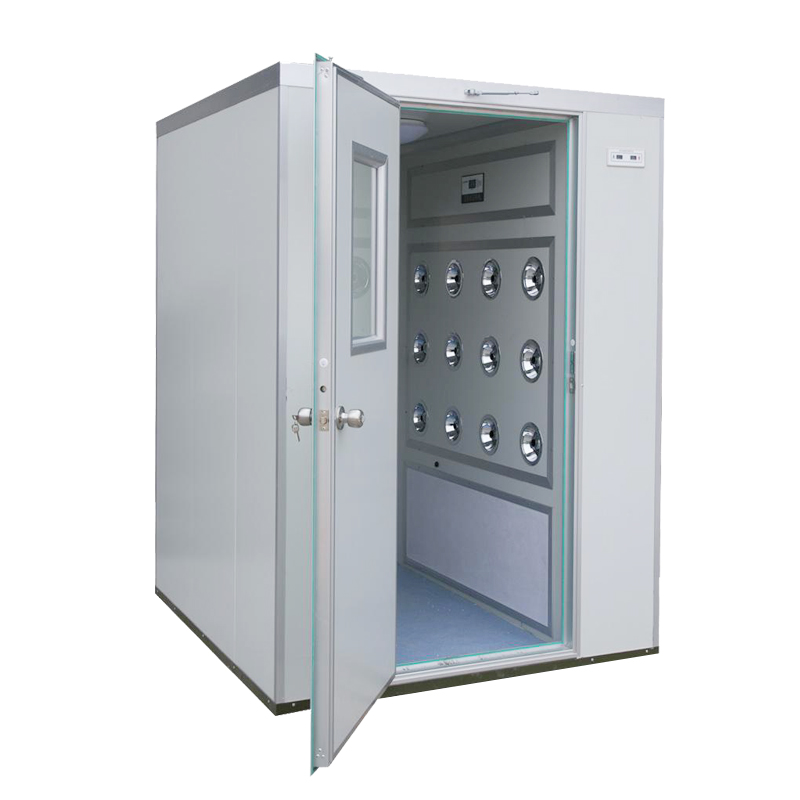

Clean rooms can contribute to environmental sust […]
Clean rooms can contribute to environmental sustainability through various practices and technologies that focus on minimizing resource consumption, waste generation, and energy usage. Here are some ways in which clean rooms contribute to environmental sustainability:
Energy-Efficient Design: Clean rooms are designed to be energy-efficient by incorporating advanced HVAC systems, energy recovery systems, and optimized airflow patterns. These design elements help reduce energy consumption and greenhouse gas emissions.
Air Filtration and Ventilation: High-efficiency air filtration systems in clean rooms not only maintain clean environments but also ensure that air is filtered and recirculated efficiently, reducing the need for excessive energy consumption.

Reduced Contamination and Waste: The stringent cleanliness requirements of clean rooms help prevent contamination-related defects, which can lead to reduced waste and the need for rework. This contributes to resource conservation and minimized material waste.
Single-Use Technology: Some clean rooms adopt single-use technology for certain processes, reducing the need for extensive cleaning and validation between production runs. This can lead to lower water and chemical usage.
Water and Chemical Management: Clean rooms implement efficient water and chemical management practices to minimize water consumption and chemical usage in cleaning processes.
Recycling and Waste Management: Clean rooms often have strict waste management protocols, including the proper disposal and recycling of materials. Recycling programs can help reduce the environmental impact of clean room operations.
Sustainable Materials: Clean room construction can incorporate sustainable building materials and finishes that are environmentally friendly and have lower emissions.
Renewable Energy Integration: Clean rooms can be powered by renewable energy sources such as solar or wind power, reducing reliance on non-renewable energy and decreasing carbon emissions.
Remote Monitoring and Automation: Remote monitoring and automation technologies can optimize clean room operations, ensuring that equipment is used efficiently and minimizing unnecessary energy consumption.
Green Building Certifications: Clean room facilities can pursue green building certifications (e.g., LEED certification) that recognize sustainable construction and operational practices.
Collaborative Research and Resource Sharing: Shared clean room facilities in research institutions or technology parks can promote resource sharing and collaboration, reducing the need for duplicated infrastructure and optimizing resource utilization.
Training and Education: Proper training of clean room personnel in sustainable practices, contamination control, and energy-efficient operations can contribute to reduced environmental impact.
Lifecycle Assessment: Conducting lifecycle assessments of clean room operations helps identify areas for improvement, enabling the adoption of more sustainable practices.
By implementing these strategies and technologies, clean rooms can operate more sustainably while still meeting the critical requirements for maintaining controlled environments in industries such as electronics, pharmaceuticals, biotechnology, and more.
Our new models offer superb design;competitive prices and their new features give them distinct advantages over similar products from other manufacturers.